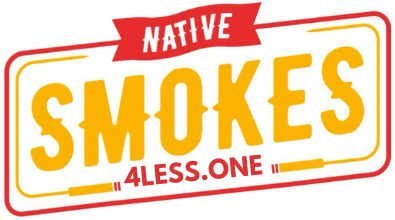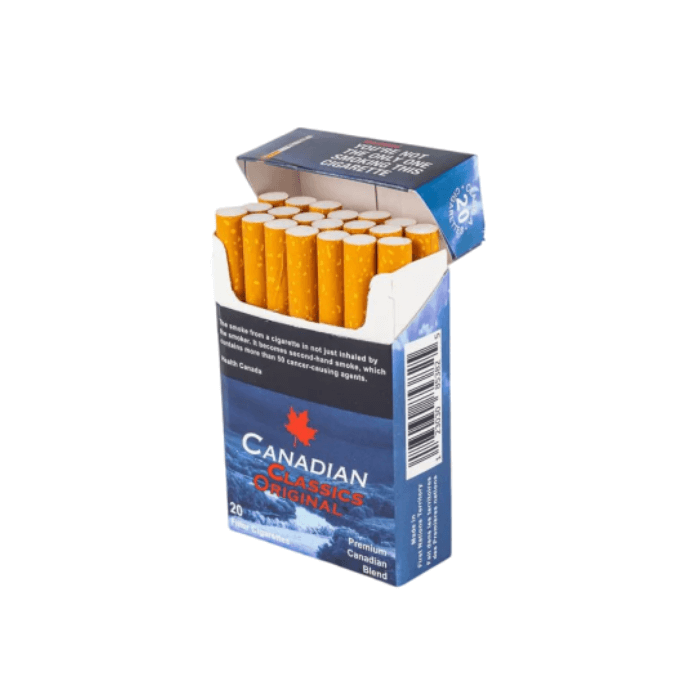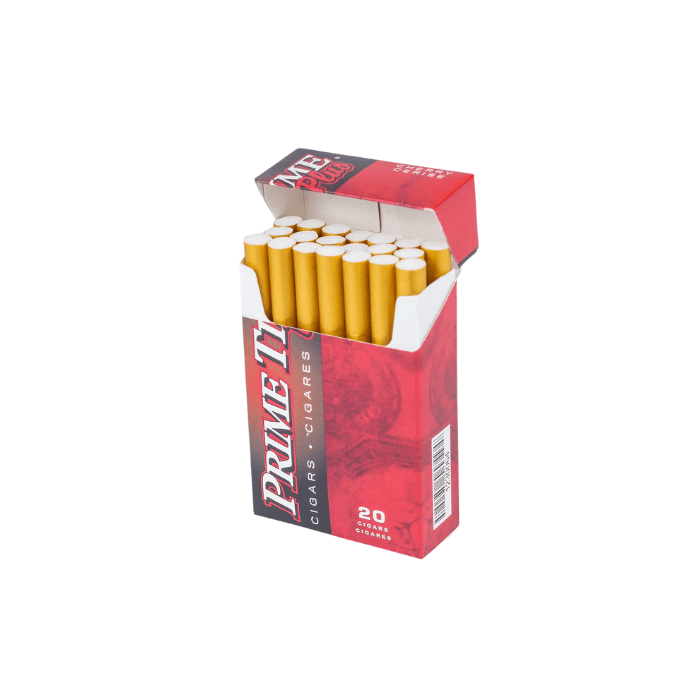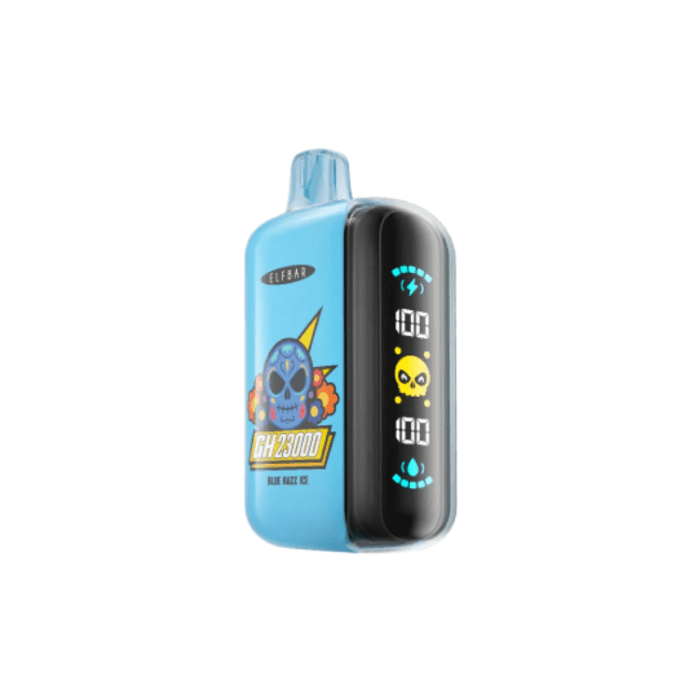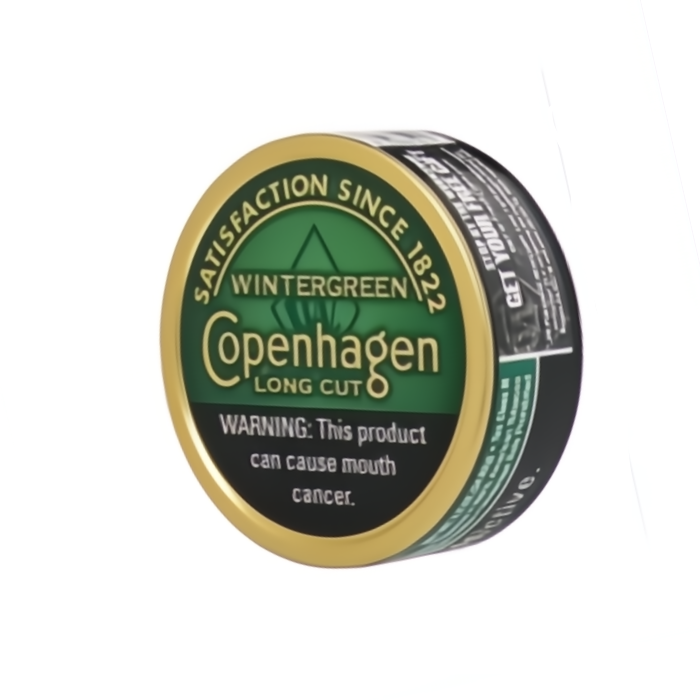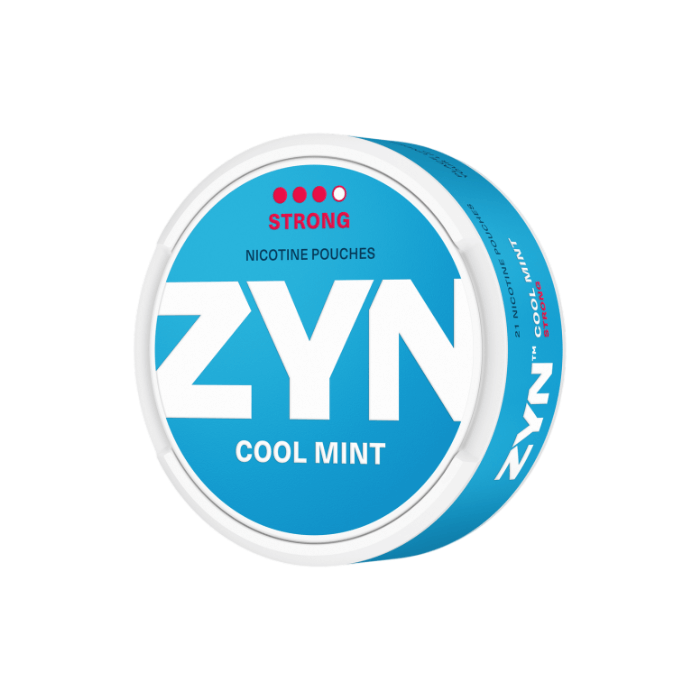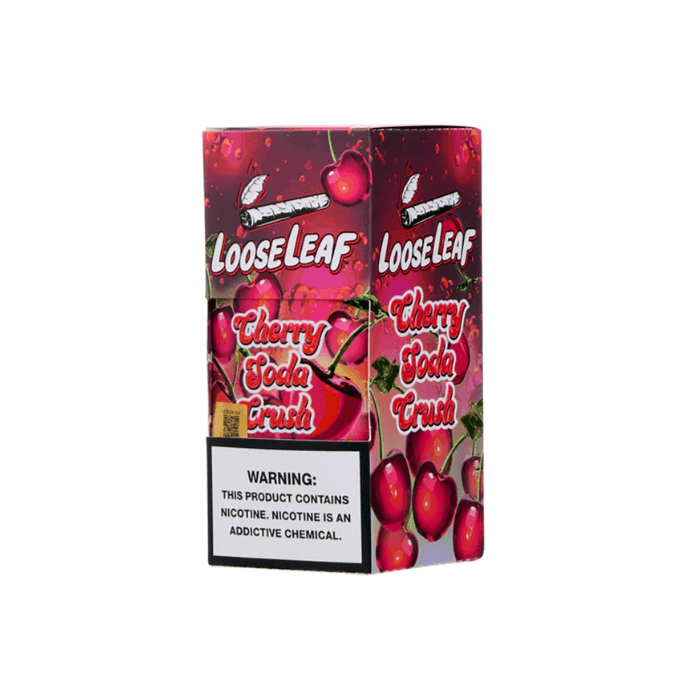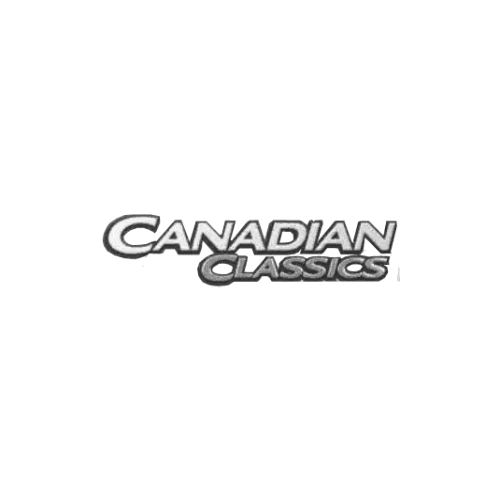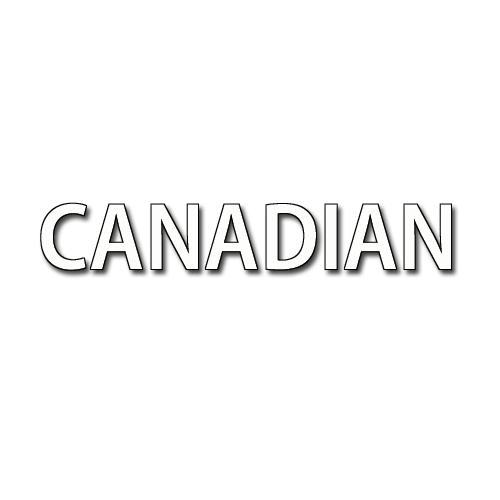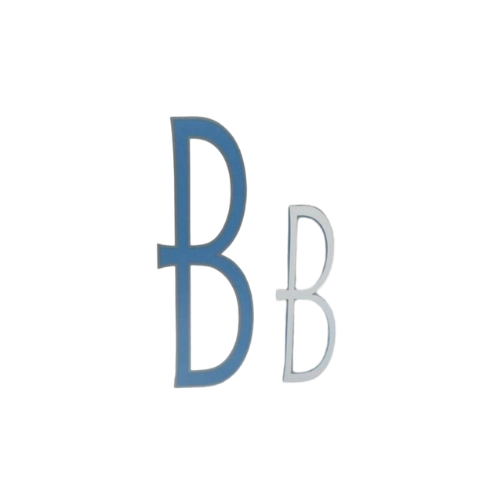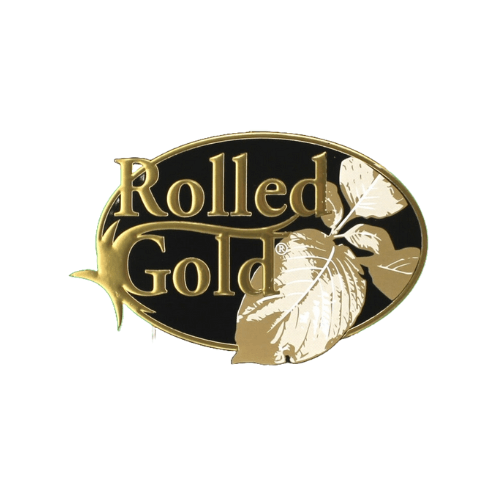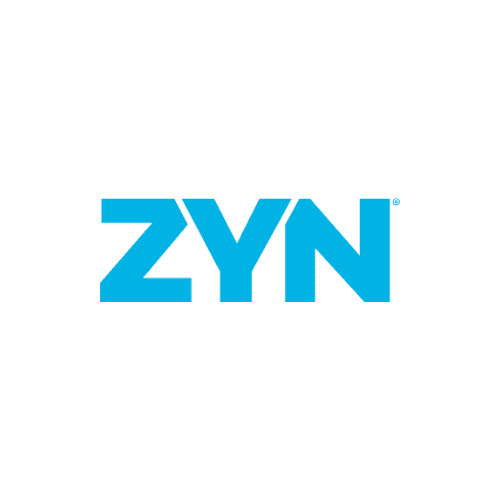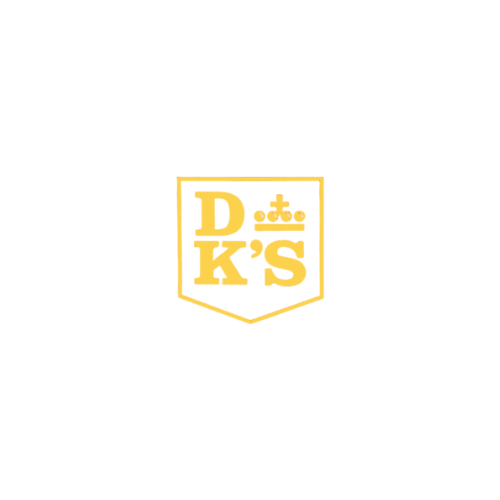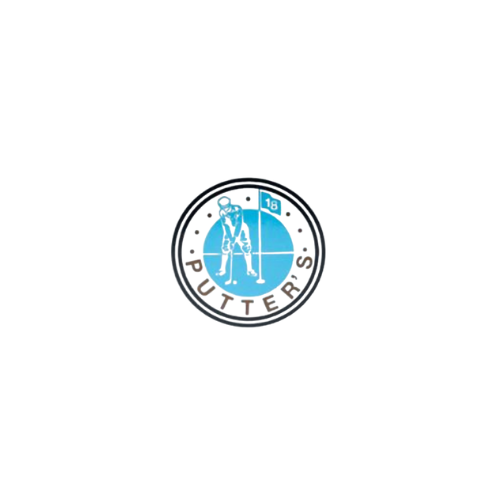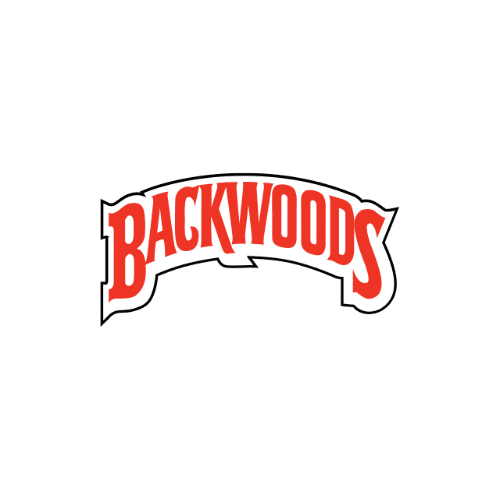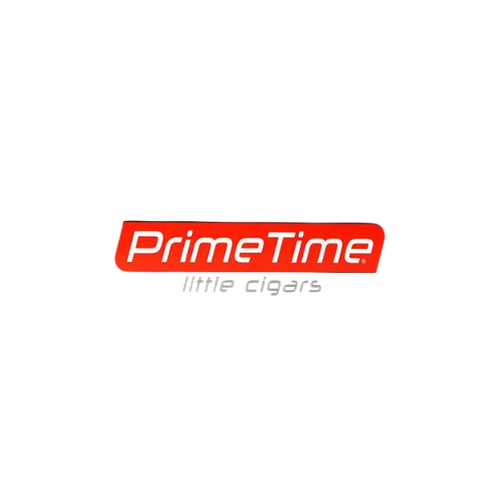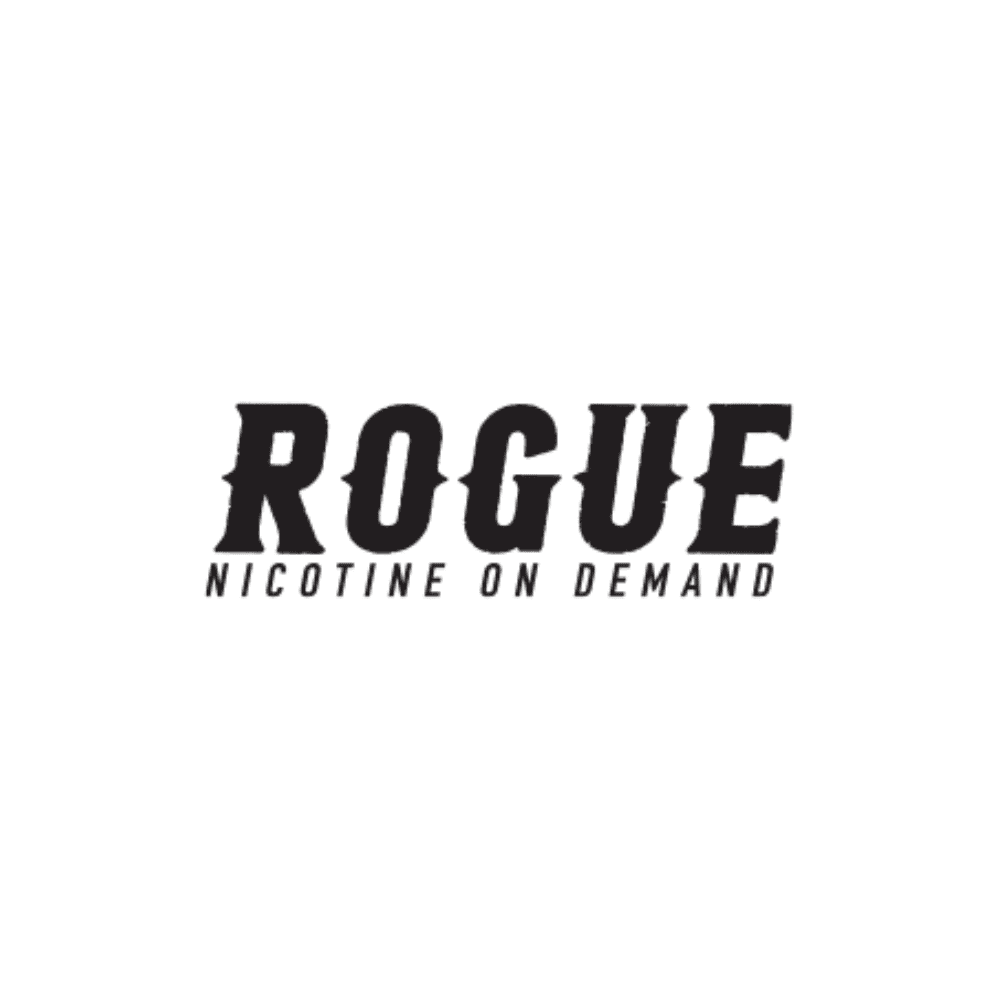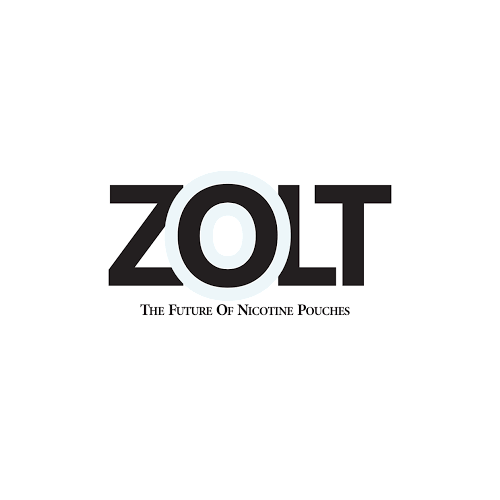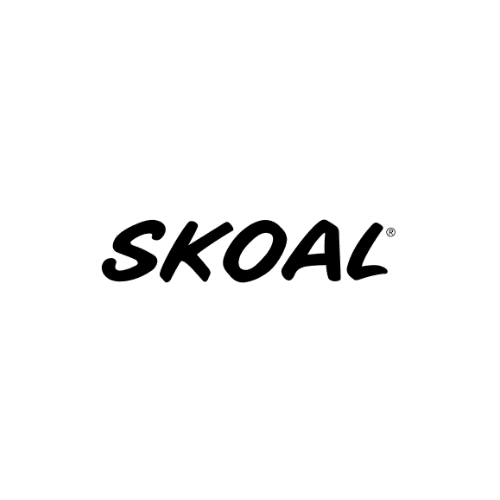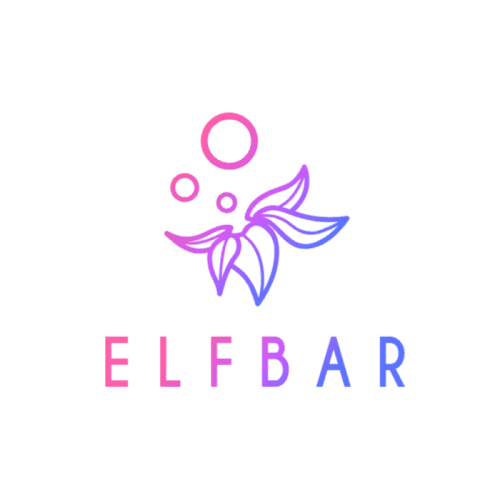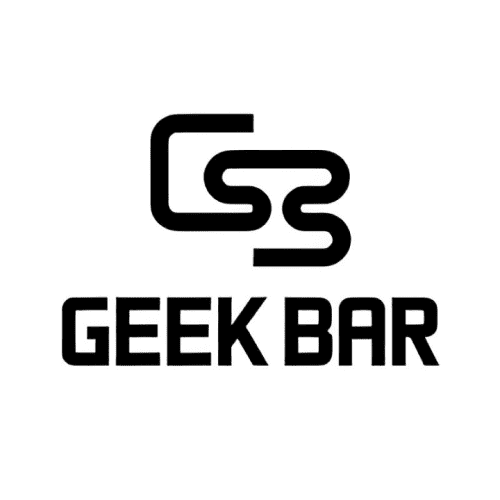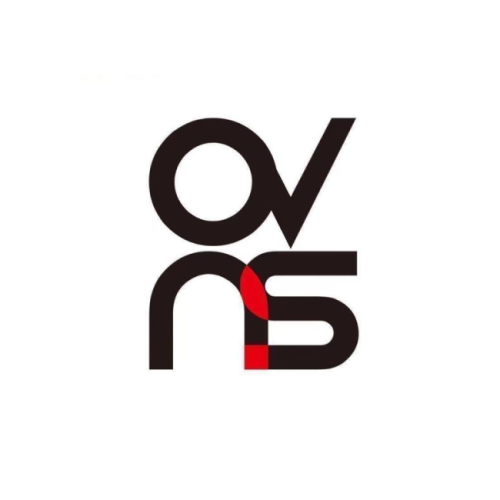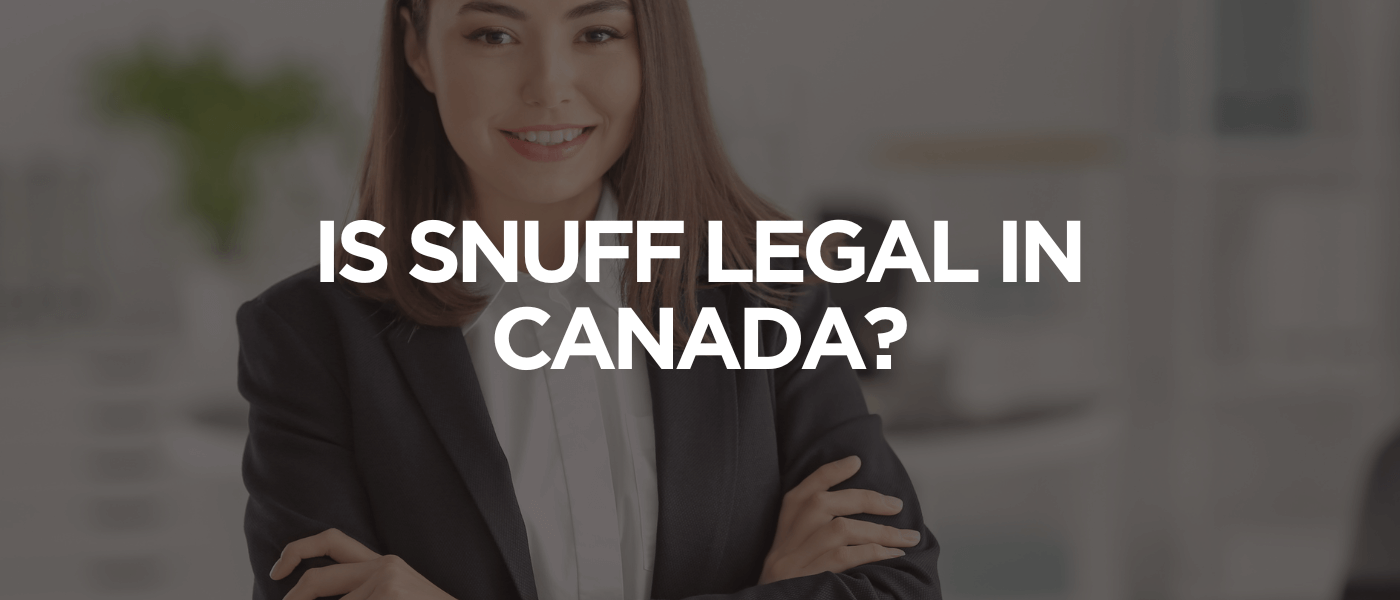If you’ve ever thought about bringing snuff into Canada or just got curious while scrolling through your options, you’re not alone. A lot of people don’t realize that tobacco laws in Canada hit different; especially when it comes to stuff like nasal snuff or moist dip. This isn’t one of those black-and-white situations either. The laws are layered, the rules are tight, and depending on the type of snuff you’re talking about, the answer could be totally different. So let’s break it all down in a way that actually makes sense; just real info on what’s legal, what’s not, and what to expect if snuff’s your thing.
Is Nasal Snuff Legal in Canada?
Alright, so nasal snuff is that powdered tobacco you inhale through the nose. It’s been around forever; like seriously, it’s old school. But in Canada? It’s technically legal, though it’s not easy to find.
Here’s the thing:
- It’s restricted but not banned. That means you can use it, but good luck finding it in stores. Most provinces don’t keep it on shelves, and if they do, it’s behind serious restrictions.
- It’s considered a smokeless tobacco product. And Canada has some major rules around that. Nasal snuff falls into the same category as chewing tobacco, so everything from advertising to sales is regulated hard.
- Imports get flagged. Even if you’re thinking of ordering it online from another country, there’s a big chance it’ll get seized at customs. The rules are strict, especially if the product isn’t compliant with Canadian packaging and labeling laws.
So yeah, it’s not illegal, but Canada definitely doesn’t make it easy. Unless you buy from NativeSmokes4Less, of course.
Is Snuff Legal in Canada for Cigarettes?
Okay, so when people say snuff, they might be thinking of that moist, dip-style tobacco; kinda like what you’d find in little cans or pouches. But when it comes to cigarette tobacco or anything closely tied to the tobacco industry, Canada treats it with a totally different energy.
- Yes, it’s legal; but under tight federal control. Products like moist snuff and tobacco sticks fall under the Tobacco and Vaping Products Act, not to mention older frameworks like the Tobacco Act. So yeah, they’re allowed, but manufacturers have to follow intense tobacco reporting regulations just to get listed.
- Health Canada enforces strict packaging and labelling regulations. Every can, pouch, or container must comply with exact labelling regulations, including bilingual health warnings that take up a big part of the space. No unique fonts, no flashy designs. The whole idea is to reduce appeal; especially to younger users; by controlling the tobacco products appearance. It’s what they call appearance packaging and labelling rules, and yes, they’re non-negotiable.
- Flavors are restricted, and advertising is basically non-existent. The government’s larger tobacco control strategy focuses on limiting exposure and appeal. That means no promo signs, no sponsorships, and definitely no influencer tie-ins. Even retail displays are super minimal. So while pipe tobacco and cigarette tobacco are still around, they don’t get the spotlight anymore.
- You must be of legal age to purchase. Depending on where you are in Canada, that’s either 18 or 19. And even then, retailers have to verify age; it’s part of broader tobacco product packaging compliance.
- Moist snuff is classified as a smokeless tobacco product. So while it’s legal under Canadian law, it’s sold under the same rules as tobacco sticks, pipe tobacco, and other tobacco products. That includes full compliance with tobacco smoke exposure policies, even if you’re technically not lighting anything up.
Long story short? You can get snuff in Canada, but only if it aligns with the health warnings, packaging rules, and general vibe of the country’s anti-smoking stance. It’s all about limiting harm and keeping things strictly in line with Health Canada and its long-term tobacco control goals.
Packaging and Labelling
Canada does not mess around when it comes to how tobacco products are packaged. If you’re thinking of snagging oral snuff, moist snuff, or even checking out heated tobacco products, the first thing you’ll notice is how plain everything looks.
- Standardized packaging is required by federal law. Under the Tobacco Products Regulations and the Tobacco Products Appearance Packaging rules, brands have to ditch anything flashy. That means no logos, no fun colors, no textures; literally none of the usual brand elements you’d expect. Even tipping paper and cigarette papers can’t have anything that stands out.
- Pictorial health warnings are front and center. Every container or box needs to show graphic images and bold health messaging. That’s a rule backed by the Government of Canada, and it’s all part of the push to reduce tobacco use and protect non-smoker’s health. These aren’t subtle warnings either; they take up a huge part of the packaging space to remind users of what cigarette smoke and tobacco consumption can really do.
- Everything has to follow bilingual labelling guidelines. Labels must be in both English and French, and that’s not just for fun; it’s part of the Tobacco Products Information Regulations. The wording, placement, font size; it’s all set by the government. If anything’s off, it doesn’t make the shelf.
- The goal is to neutralize the appeal of tobacco products. Whether it’s leaf tobacco, oral snuff, or tobacco sticks, Canadian policy is built around restricting tobacco advertising, reducing tobacco packaging appeal, and supporting national tobacco regulation efforts. Even tobacco leaves can’t be sold or packaged in a way that looks attractive.
Basically, Canada is doing everything it can to separate image from impact. If you’re expecting designer vibes or collectible tins, you’re not getting that north of the border. The packaging is designed to communicate one thing clearly: this is tobacco, and it comes with real risks.
Product Regulations
When it comes to tobacco in Canada, everything is tightly regulated; not just the product itself, but how it’s made, sold, and even talked about. The promotion of tobacco products is extremely restricted, and that includes cigarettes, snuff, little cigars, e-cigarettes, and everything in between.
- The rules come straight from federal law, but territorial governments and government authorities also have their own added layers. Basically, it’s a patchwork of oversight; and if you’re a manufacturer or retailer, it’s not optional.
- Every tobacco product must meet official methods testing standards, especially for nicotine content and chemical composition. These methods are documented in source documents and submitted in electronic format to stay traceable.
- Labels can’t use prohibited terms like “light” or “mild” because, spoiler; tobacco is still highly addictive, no matter what the label says.
- Health risks must be prominently displayed, and warnings are made for everyone; not just users, but also health professionals, parents, and educators trying to stay informed.
The goal? Keep things transparent, factual, and way less marketable. This isn’t about glamor; it’s about control, safety, and full disclosure.
Accessories and Related Products
Now, let’s talk accessories; because it’s not just about the actual tobacco product. Things like rolling papers, little cigars filters, vending machines, and lighters? Yep, they’re regulated too.
- Accessories regulations are in place to stop people from glamorizing or upselling tobacco. So even packaging for items like tipping paper, rolling kits, or even e-cigarette parts has to meet the same marketing restrictions.
- Vending machines for tobacco products are basically a no-go across most of Canada. They’re banned in many provinces to limit access; especially for minors. So unlike what you’d see in certain U.S. bars or clubs, you won’t just walk up and grab a pack out of a machine here.
- Retail sale of accessories has to follow specific display rules; you can’t make these products look appealing or trendy. In fact, the visual side of things is toned way down to avoid indirectly promoting tobacco use.
Whether it’s for pipe tobacco, snuff, or e-cigarettes, even accessories are wrapped in red tape to support wider tobacco control efforts.
Restricted Activities and Enforcement
Canada keeps a tight watch on all tobacco-related activity; and trust me, they’re not passive about enforcement. Whether it’s cigarettes, little cigars, or e-cigarettes, there are clear restrictions and real consequences for breaking the rules.
- Promotion of tobacco products is where most of the crackdown happens. That means no giveaways, no branded merch, no influencer shoutouts, and no sponsorships; even if it’s for accessories.
- You can’t sell or promote tobacco near schools, parks, or youth-focused spaces. And in many places, products must be hidden from view unless you’re a legal-age customer; and even then, prohibited terms and flashy branding are totally off-limits.
- Government authorities and territorial governments monitor enforcement. They inspect stores, online listings, and even packaging. If a product doesn’t align with tobacco regulation requirements or proper source document filing, it’s pulled. End of story.
- For people trying to quit, health professionals often warn about withdrawal symptoms and the highly addictive nature of nicotine; and that messaging supports policy enforcement, too.
Canada’s system is designed to make tobacco less accessible, less visible, and less normalized. The crackdown’s not just about products; it’s about shifting culture.
Frequently Asked Questions
Is it legal to bring snuff to Canada?
Importing snuff into Canada is generally restricted. Most snuff products don’t meet Canadian packaging, labelling, and health warning requirements, so they can be seized at the border.
Where is snuff illegal?
Snuff is banned or heavily restricted in several countries, including Australia and parts of the European Union. Even where it’s legal, there are often strict rules on sales and marketing.
Why is snuff banned in Canada?
Snuff is not completely banned in Canada. What is restricted is nicotine pouches without tobacco, especially those over 4 mg of nicotine per pouch; they’re regulated under the Food and Drugs Act and often classified as prescription drugs.
Summary
So, is snuff legal in Canada? Technically yes; but with a lot of conditions. Between strict packaging laws, banned advertising, and regional restrictions, getting your hands on snuff (or bringing it across the border) means knowing the rules first. Whether it’s nasal snuff, moist dip, or related accessories, everything’s regulated for safety and public health.
If you want a tobacco experience that’s smooth, legit, and fully compliant with Canadian laws, NativeSmokes4Less is your go-to. We’re Canada’s #1 most trusted and reliable source for all things nicotine and tobacco; from classic Canadian cigarettes and snuff to nicotine pouches and more. No guesswork, no stress; just authentic products and fast shipping you can actually count on.
Ready to level up your nicotine game? Yeah, we’ve got you. Order from NativeSmokes4Less today!
